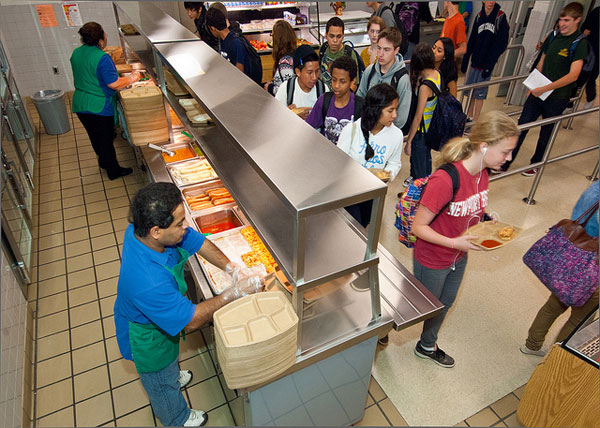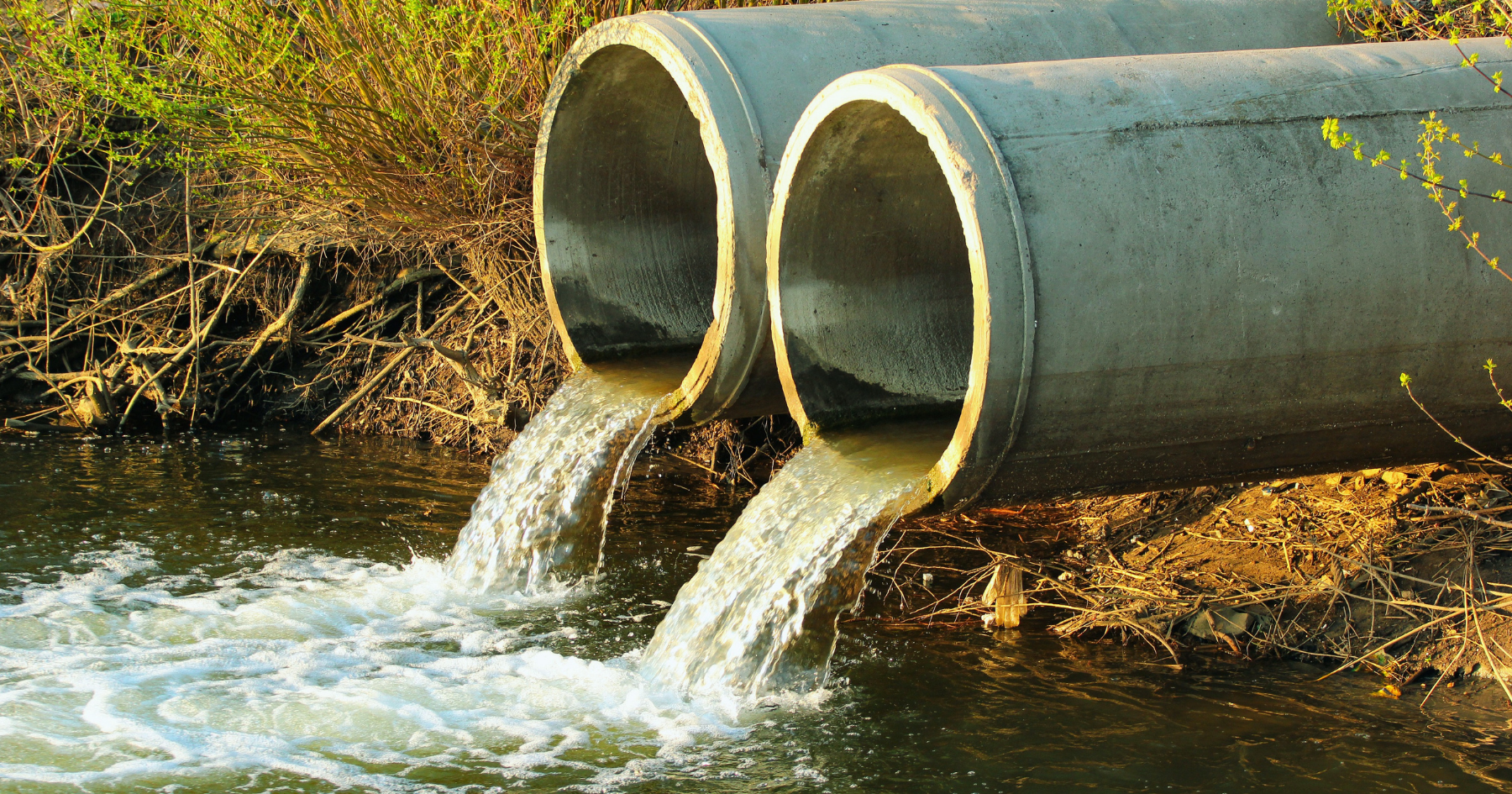Schools require pretreatment options that meet unique challenges
- Jul 14, 2015
A packed-to-the-gills restaurant during dinner rush doesn’t hold a candle to the hustle and bustle — both in and out of the kitchen — of a middle school cafeteria during the lunch hour.
While most restaurants have a leisurely dining room turnover, hundreds of students are cycled through the lunch line and sent out the door with full bellies every thirty minutes in a cafeteria setting. This presents a challenge not only for the front of the house cafeteria staff, but also requires a pretreatment plan that can go with the flow … literally.
Pretreatment challenges
School cafeterias feed hundreds — maybe even thousands — of children over a very short period of time. Sometimes, even twice a day. Every aspect of the operation, from the staff to the grease interceptor, needs to run like a well-oiled machine. One clog, one overflow or glitch could shut down the kitchen in an instant. PB&Js for everyone!

Not only do cafeterias prepare a large number of meals over a very short period of time, but they also traditionally serve grease-laden food. In 2010, for instance, the most popular meal in school cafeterias was chicken fingers and fries. Though many schools strive for healthier options, those good-for-you meals aren’t usually as popular among students.
The volume of FOGs, caused by the number of diners and the type of food, demands an effective pretreatment plan because a sewer overflow at a school means more than just no hot lunch. It could, depending on the severity, impact the overall operation of the school and even cause a disruption in the students’ education.
Furthermore, many low-income students don’t eat in their school cafeterias by choice — they depend on the meals provided in the cafeteria as a primary source of nutrition. In some cases, if these kids don’t get to eat at school, they might not eat at all that day.
Efficient solutions
In 1996, the Wastewater Management Division in Wilson, N.C., mandated that all establishments involved in food preparation install some type of grease interceptor within 90 days. This meant that the Wilson County School System, and its 10 cafeterias, had to take action.
The Director of Child Nutrition Services was charged with making the decision, and worked with Thermaco to install Big Dipper® systems in each of the cafeterias to meet the mandate. Within the first year of the operation, the systems proved their worth — the wastewater from each cafeteria tested well below the 200 mg/l grease per water ratio set by the state’s Wastewater Management Division.
The Big Dipper is a popular choice for those cafeterias considering a grease interceptor. Installation is easy and they separate FOGs into a manually emptied container, making maintenance easy and inexpensive. This low-maintenance nature of Big Dipper translates into cost savings, and regulatory compliance, for school systems.
Schools need solutions that don’t need to be maintained when the cafeteria isn’t in session. Unlike typical FSEs, school cafeterias aren’t year-round operations and are often closed for days, weeks or months at a time.
It would be a waste of time, money and resources to have a pump truck come out in the middle of summer vacation, for example, to empty a virtually empty large concrete interceptor simply because the calendar said it was time. Leaving the wastewater in the interceptor isn’t a viable option either. The old, stagnant grease and water combination would create a very hospitable environment for bacteria that produces deadly hydrogen sulfide gas.
Point source interceptors, like the Big Dipper, are fully capable of taking a summer vacation with the students without the need for maintenance.
Because space is also a precious in high-traffic cafeteria kitchens, the Big Dipper is designed to fit efficiently under a sink as a point source removal system. This means that FOGs don’t have to travel a long distance down pipes, potentially creating clogs, before they are removed from the system.
Schools do undoubtedly face unique challenges, but they still must meet the FOG guidelines mandated by each community to avoid hefty fines and keep communities pollution-free — and keep children supplied with chicken fingers.
Creative Commons photo courtesy of U.S. Department of Agriculture.







